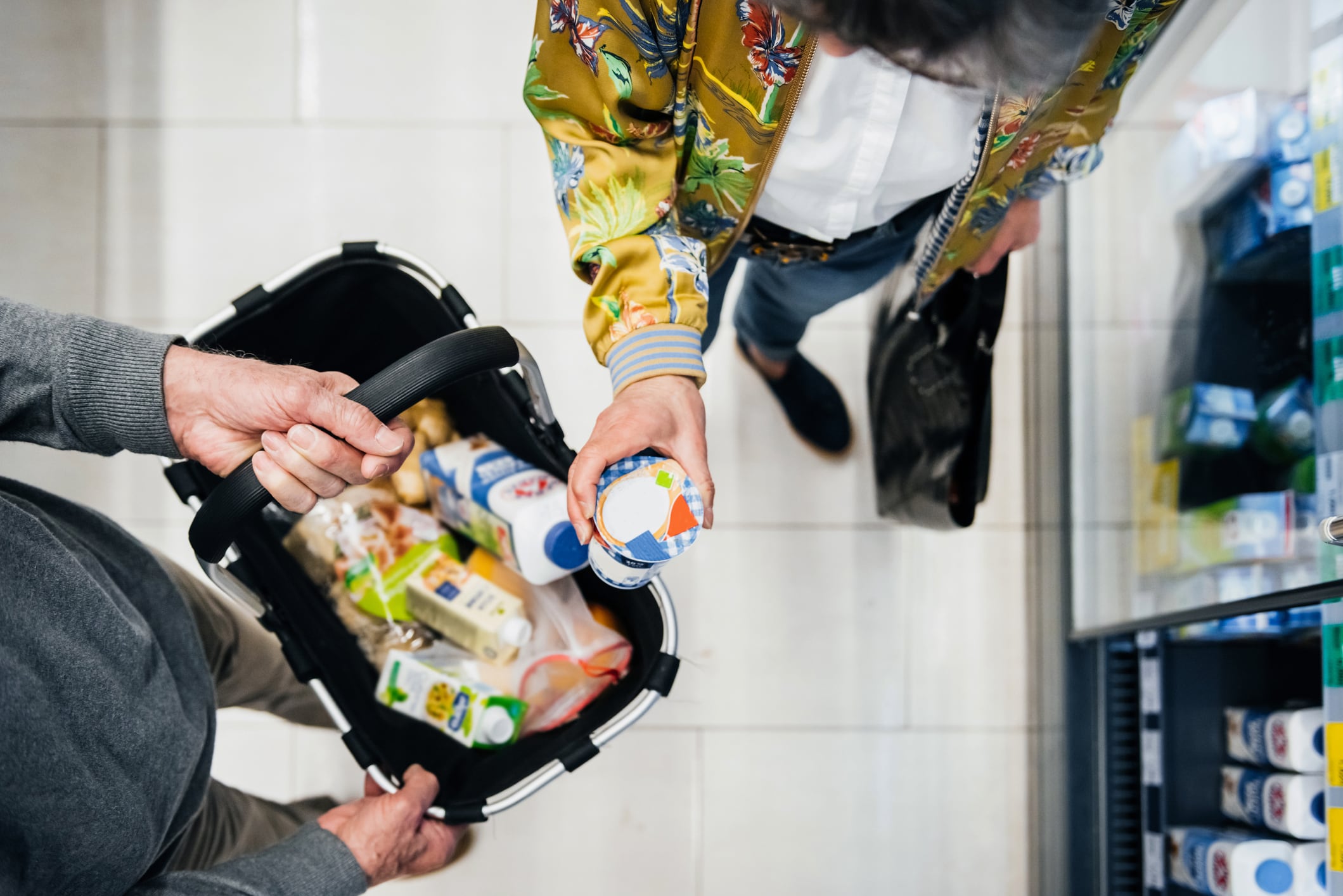Reath tracks the lifecycle of reusable products in every consumer category including packaging for food. It claims its tracking technology helps companies launch an advanced reuse scheme effortlessly by attaching a machine-readable tag onto a product which can be followed through its journey, again and again.
Researchers at Lancaster University and University of St Andrews questioned manufacturing brands, retailers, regulatory bodies, NGOs and reuse experts from industries, including food and beverage, to determine businesses’ reasons for not investing in reusable packaging.
The four big business concerns identified were:
- Questions of affordability due to additional expenses from changing their systems
- Concerns about increased risks and complications for health and safety
- The potential to hurt brand reputation if their scheme didn’t turn out to be better for the environment
- Current regulations that make single-use containers more competitive. Because packaging taxes are based on weight, business investing in reusable packaging are actually penalised because improving durability often results in heavier containers
The study concluded digital trackers, unique barcodes, can address these hurdles.
Lead author Dr Katherine Ellsworth-Krebs, of Lancaster University’s ImaginationLancaster laboratory, said: “Discussing what data is needed for reuse revealed how digitalisation supports collaboration, identifying points of miscommunication between key actors along the value chain.
“Collaboration is essential for the circular economy because one company cannot close the loop alone, it requires the whole ecosystem to work together.”
Being able to track an individual container enables businesses to calculate packaging lifespans and return rates from customers, the researchers said. Both are crucial to determining affordability.
The unique barcode on a container is needed for recalling batches and evidencing cleaning between refills and return to the shop floor.
These ‘digital passports’ also enable businesses to tell packaging stories in an appealing way, as they are able to verify and quantify their reuse activities for marketing purposes.
A reusable container may require many uses for its environmental footprint to compare favourably with single-use alternatives, and so accurate accounting for refills is core to useful life cycle assessments.
Currently organisations pay environmental taxes when packaging is released onto the market, but with digital trackers, it would be possible, to exempt organisations from paying every time their packaging is re-filled. In this way, track and trace allows governments to create taxation that incentivises reuse.
“Being able to tag and track packaging through digital passports has long been hailed as a cornerstone of resource efficiency because it allows for monitoring of reuse,” added Dr Ellsworth-Krebs. “There are currently no government targets for reuse of packaging in the UK or EU due to this monitoring challenge.”
“Advances in digital technologies open up new possibilities for a cooperative circular economy, including stopping packaging becoming waste soon after it leaves the shop floor.”
Reference
Circular economy infrastructure: Why we need track and trace for reusable packaging
Sustainable Production and Consumption
Doi: https://doi.org/10.1016/j.spc.2021.10.007


